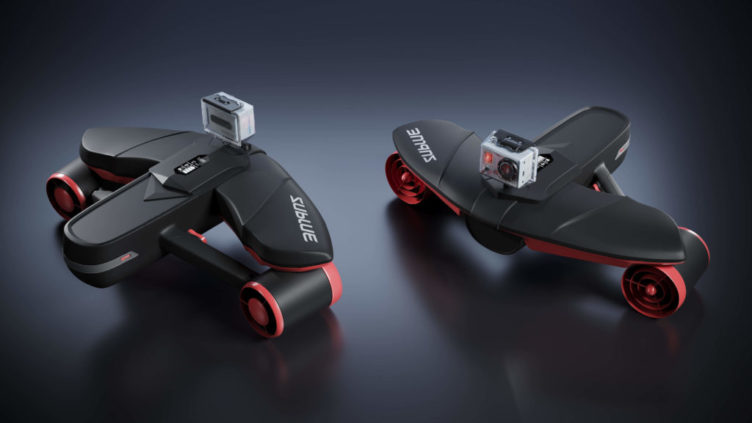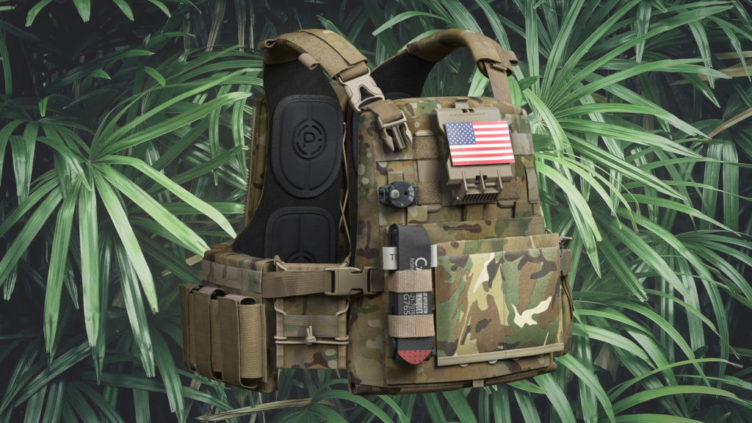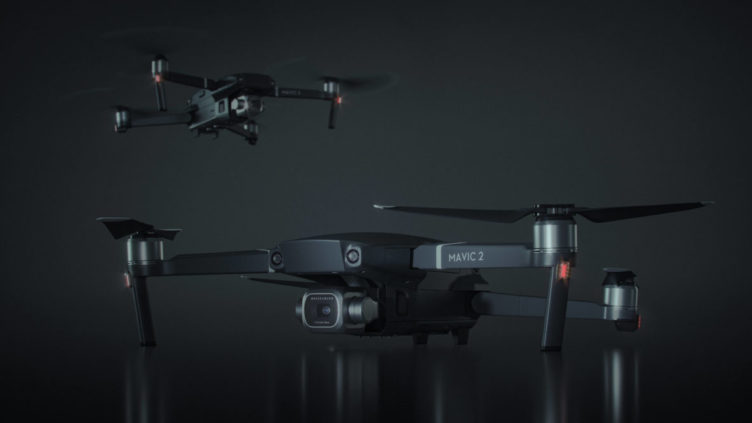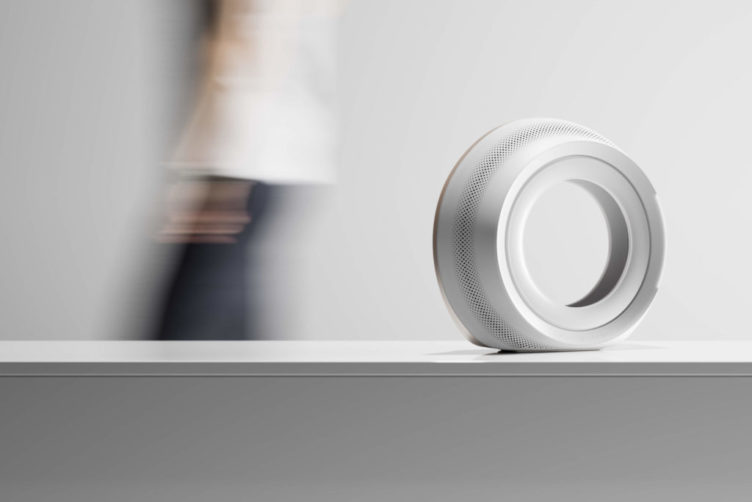3D Rendering for Product Design: 5 Benefits of Virtual Prototyping for Manufacturers
3D rendering for product design allows manufacturers to introduce new goods to the market more successfully than ever. Which is statistically proven. As the research firm Aberdeen Group reports, top-rated companies that use virtual prototyping succeed in hitting their targeted income and price for 86% of their new products. What’s more, those goods are always launched on time and meet all quality expectations.
Such results were hard to achieve back in the day when only physical prototyping was available. At those times, launching new products was a real challenge. All the hustle around manufacturing, testing, redesigning, and retesting the mock-ups was time-consuming and stressful for manufacturers. It also required a lot of materials and much labor which limited the possibilities for design improvement. So, all the efforts of manufacturers did not always result in the highest quality of the goods and the intended number of sales.
But now photorealistic rendering for products solves all these troubles and more. Let’s check out 5 advantages that manufacturing companies can take from virtual prototyping.
#1. CGI allows for refining the design to perfection without spending resources
The initial idea of a new product is sometimes not even nearly the same as the final item. That’s because the merchandise goes through numerous improvements while being developed. To approve the end variation of the product, the firm needs to produce a trial model first. Then goes the testing stage which leads to alteration of the different item’s characteristics. Then, the improved version needs to be manufactured and examined, too. This cycle can repeat plenty of times. With physical prototyping, it takes a lot of resources. The product needs to be produced and then remade one or several times with each recasting requiring a new set of details and materials. So, achieving the perfect result required enormous efforts.
But using 3D rendering for product design, the manufacturer has no need to follow this whole cycle. 3D artists create virtual models that can be tested and redesigned as many times as it is necessary, till the product developers find it perfect. 3D rendering software allows for examining key quality indicators and fixing the flaws in the design without any physical materials spent. As a result, the manufacturer launches the product that is just perfect. Which leads to higher sales and customer satisfaction.
#2. Computer rendering helps launch the product faster
How long does it take to produce a physical prototype of new merchandise? Depending on its type, days or sometimes even weeks. And after it’s been made, it has to undergo tests, which is not fast either. Then the improved version needs to be brought to life and tested in its turn. This way, the product launch can be postponed for who knows how long.
In this scenario, the designers had to wait for the new version to be produced to find its flaws and carry out needed enhancements. At the same time, the marketers couldn’t go further with the advertising campaign without the approved product variation. And the expenses on the development and launch process were growing, making the professionals in the finance department nervous. Therefore, this all took too long and got tense.
While using 3D rendering for product design, it’s possible to shorten the production stage of the improved version by weeks. That is because correcting a 3D model is much easier than the physical one as the whole process is performed digitally. This way, the final product hits the market within a shorter period, therefore the firm gets the profit faster.
#3. Virtual prototypes come cheaper than physical ones
Virtual prototyping is less costly than having physical models produced. That is because it needs no real materials. For example, let’s say a furniture manufacturing company is about to launch its new upholstered furniture collection. To test its looks and quality, the firm needs to make prototypes which means paying for masters’ work and expensive materials. And the produced item may turn out to be not what the designer originally expected. In this case, the expenses multiply because more materials will be spent to make another design modification.
Plus to that, to choose the most advantageous variation of the furniture piece, it may be necessary to produce a few units at first and pick the best from this row and only then work on its improvement if needed. And during this time, all the pieces should be stored somewhere which will result in an additional outlay.
All these challenges will stay in the past if the manufacturer opts for commercial product rendering. 3D visualization artists can design as many photorealistic computer visualizations of the furniture item as needed without financial expenses on materials and storage space. Which makes 3D rendering for product design a much cheaper option than physical prototyping.
#4. Digital rendering allows for marketing products before launch

It is no secret that if the audience is waiting impatiently for products to be launched, these items will be sold like hotcakes. Even the legendary Steve Jobs said that. But how to make the prospects feel excited about the new merch if the final version hasn’t been approved yet and there’s nothing to show?
In this case, 3D rendering for product design will handle the situation best. While the final version of the item is being tuned by the designers, 3D visualization artists can create virtual prototypes of the prospective bestseller. So, marketers can advertise the merch on social media, on billboards, and any other channel available even before the first item goes off the assembly line. This way, when the final version is approved and the product gets to the shops, the target audience will be already aware of it and interested in making a purchase. And the manufacturer will only need to satisfy the customers’ demand for the novelty.
#5. CGI allows for presenting the whole assortment without shooting each piece

If a firm has a product line where one same model is designed in different colors or textures, there is a need to demonstrate the range of choice to the customers. So, in this scenario, the manufacturer needs not only to produce every item but also organize a professional photoshoot for the whole collection.
This is a hugely laborious process. It requires hiring a photographer, delivering all products and decor elements to the studio and back. All these efforts are taken to make the catalog for potential customers, but there’s even no guarantee that all the positions on the list will get due attention from the audience.
Meanwhile, 3D rendering for product design makes it all a lot easier. Using 3D visualization software, like 3dx Max and Maya, 3D artists can create a CG render for each variation of the design in any setting required. This way, the manufacturer avoids the painstaking process of photo shooting, whiles the assortment still can be shown to the potential buyers in all its glory.
3D rendering for product design is an ultra-effective tool for modern businesses. It allows for enhancing the new piece until it’s perfect, for introducing the item to the market way more quickly than with physical prototyping, and saves the company’s financial resources. CGI makes it possible to promote new goods before their launch and eliminates the need for endless photo sessions of the products.
Want your business to benefit from virtual prototyping? Contact us for high-quality 3D modeling and rendering services to achieve just that.
Let us know if you’ve got an interesting project and want to work together!





